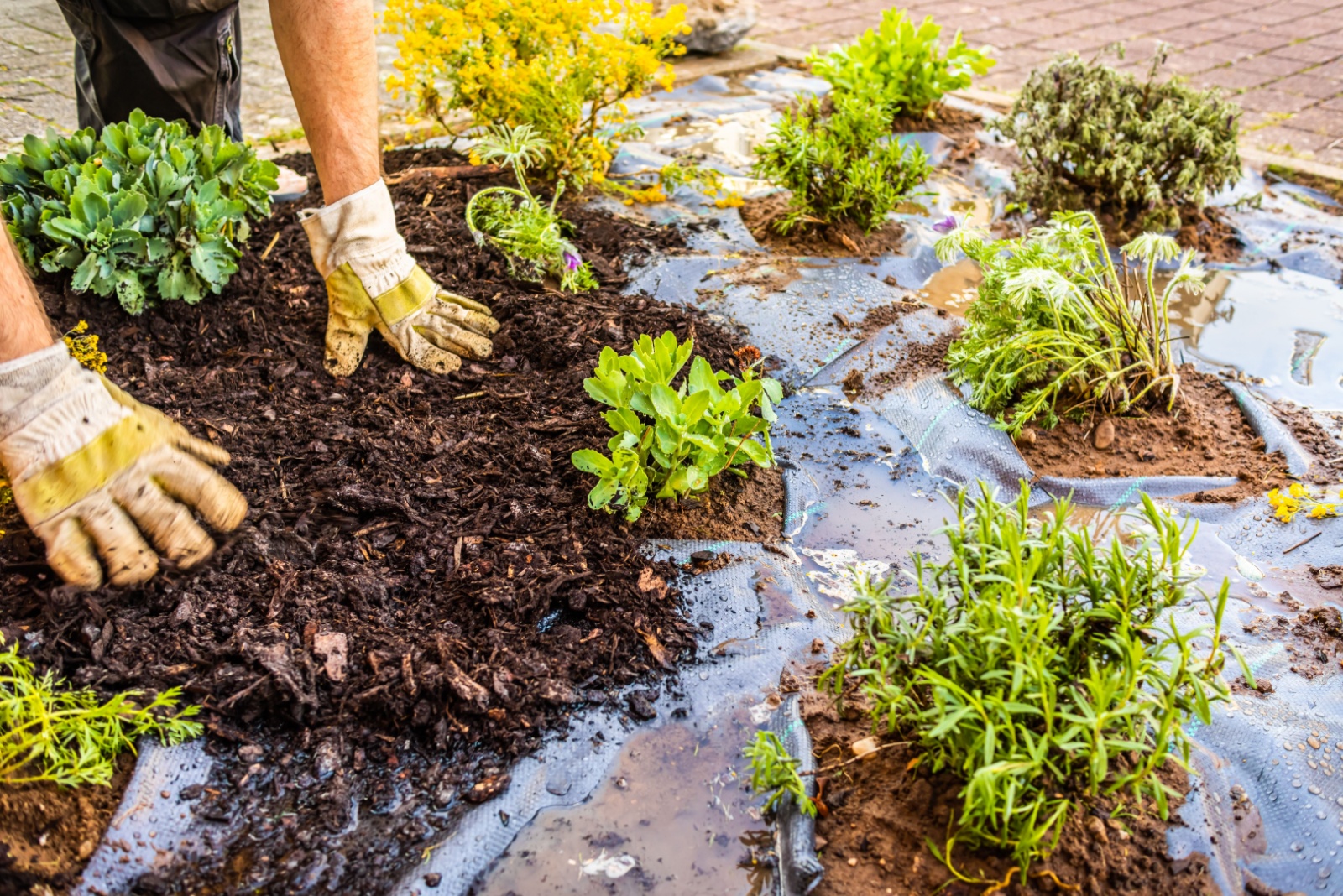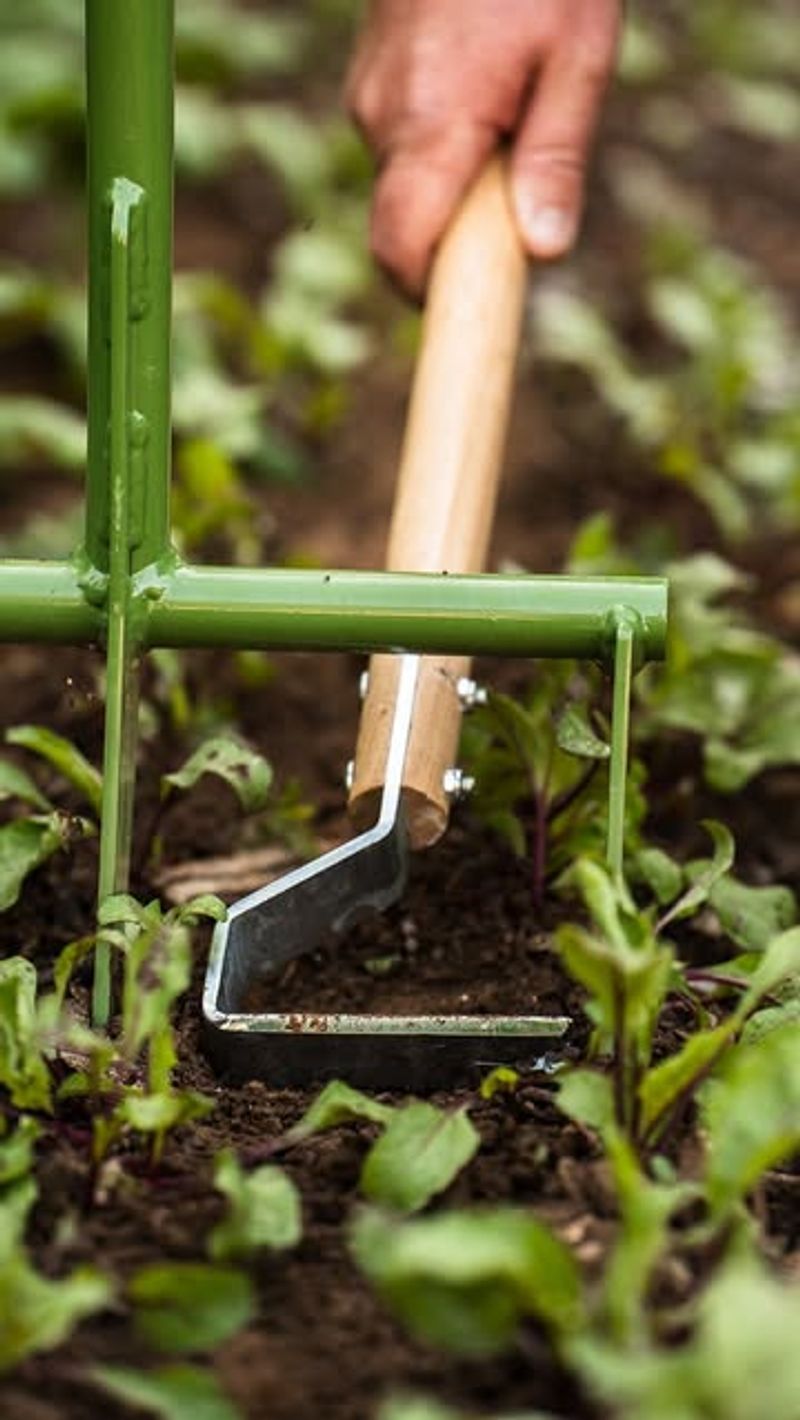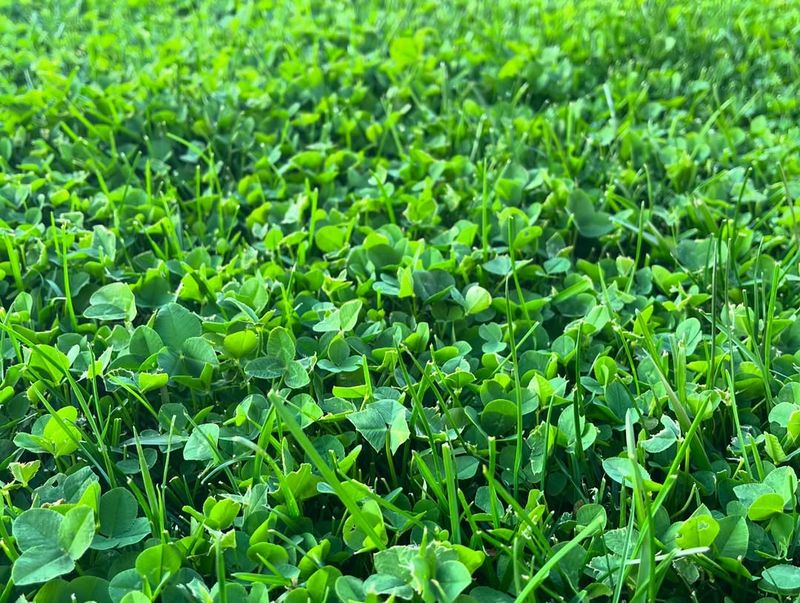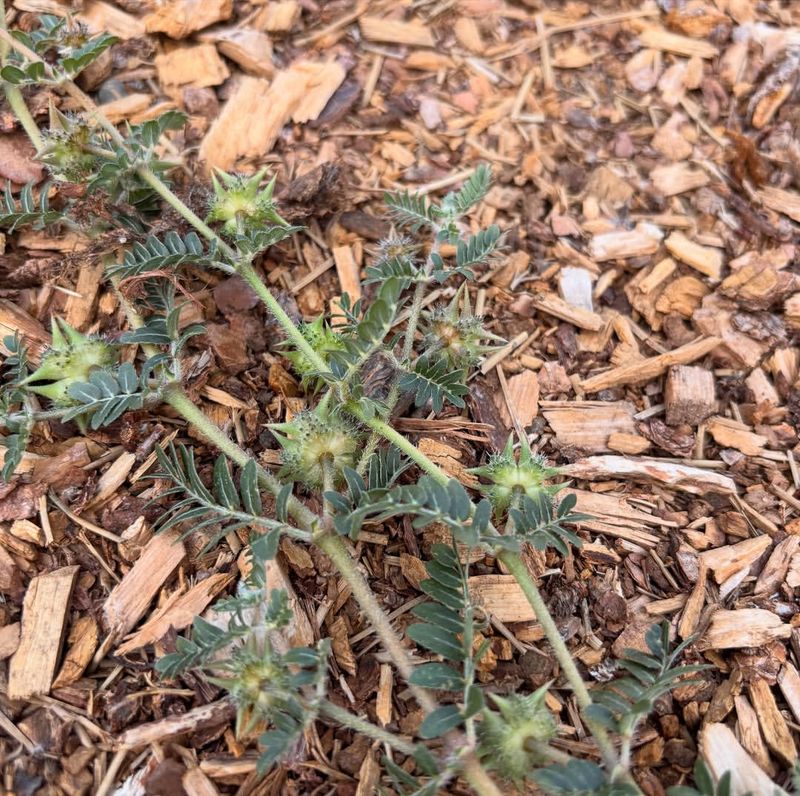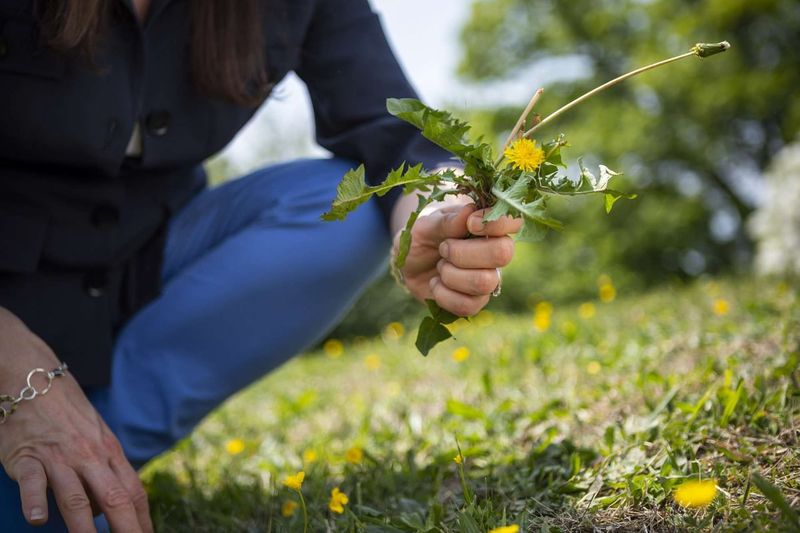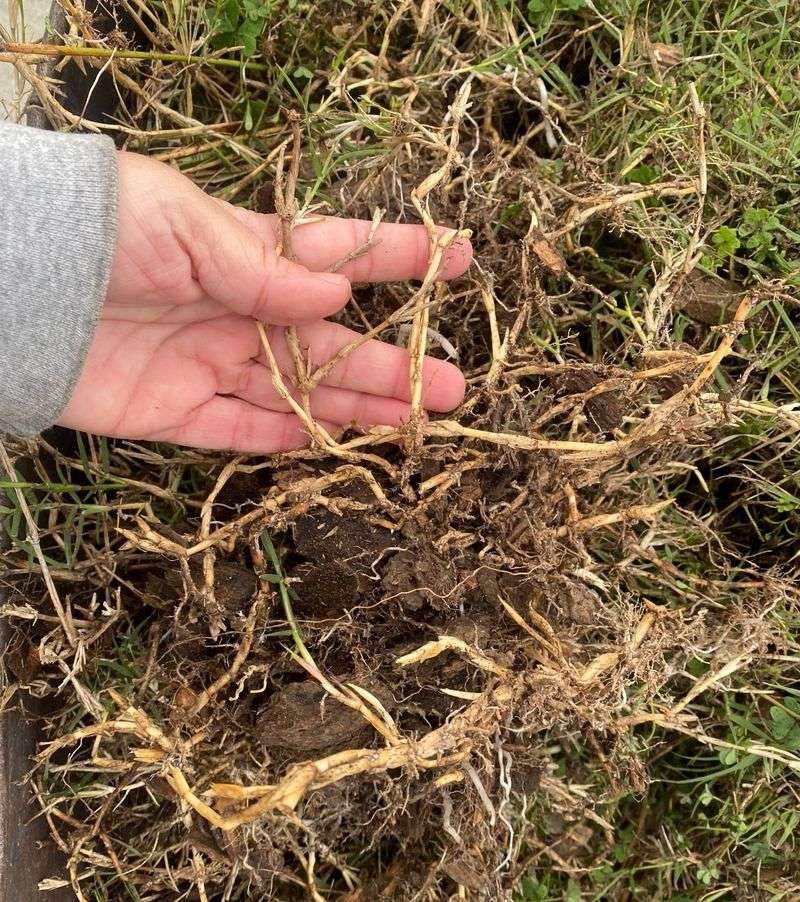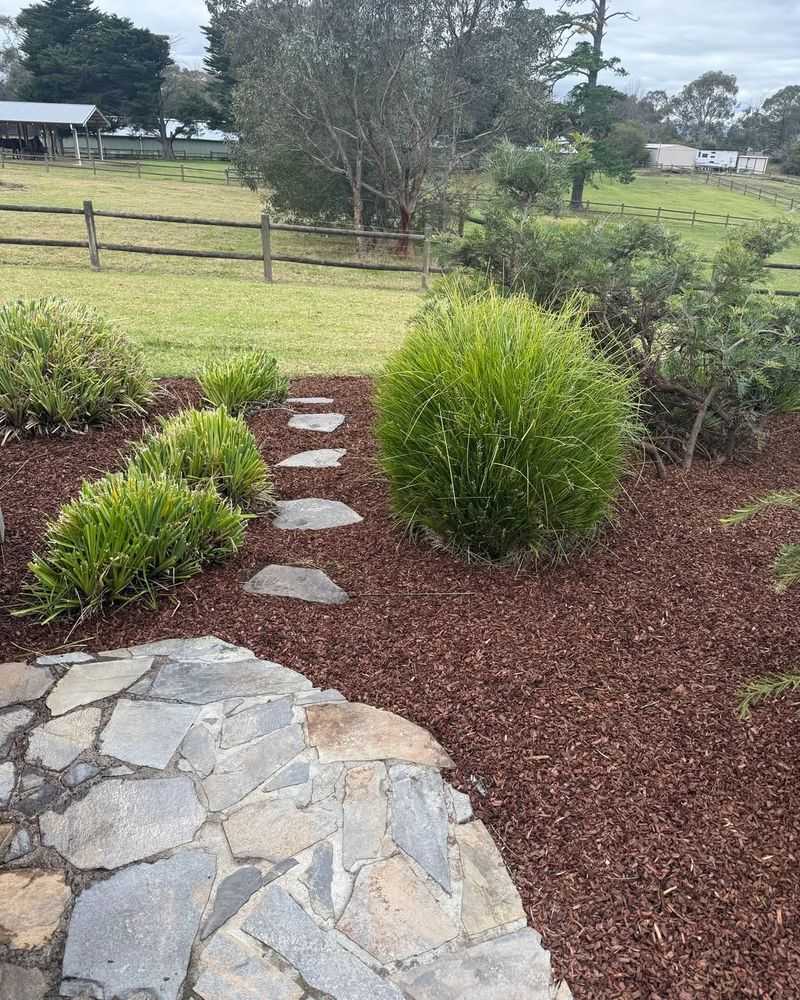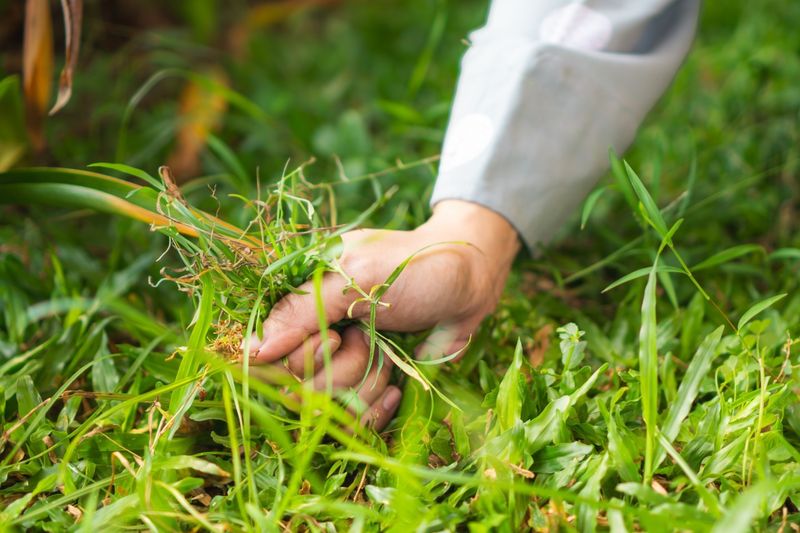As the crisp fall air settles over Pennsylvania gardens, many of us wonder what to do about those stubborn weeds before winter arrives. Should they stay or should they go?
Local gardening experts across the Keystone State have shared their wisdom about this seasonal dilemma, based on years of experience in our unique climate and soil conditions.
1. Fall Cleanup Prevents Spring Headaches
Removing weeds before winter frost arrives can dramatically reduce your workload come springtime. Many Pennsylvania gardeners report spending 60% less time weeding in March and April when they’ve done thorough fall cleanup.
Perennial weeds like dandelions and plantain will return with a vengeance if their roots remain intact through winter. Pulling these invaders while the ground is still workable saves countless hours of frustration when gardening season kicks off again.
2. Some Weeds Actually Protect Your Soil
Not all weeds deserve immediate eviction from your garden! Certain varieties like clover and chickweed create natural winter mulch that prevents soil erosion when heavy snow melts rapidly in Pennsylvania’s unpredictable spring weather.
These ground-covering weeds can also capture nutrients that would otherwise wash away during winter precipitation. Many experienced gardeners selectively leave these beneficial weeds in place until early spring, especially on sloped areas prone to erosion.
3. Seed-Bearing Weeds Must Go Immediately
While some weeds can stay, those with seed heads absolutely need removal before winter sets in. One crabgrass plant produces up to 150,000 seeds that happily hibernate through Pennsylvania winters, ready to explode across your garden in spring!
Experienced gardeners make seed-bearing weeds their top priority during fall cleanup. Bag these troublemakers rather than composting them, as even home composting rarely reaches temperatures high enough to kill persistent weed seeds in our climate zone.
4. Weed Removal Timing Matters Tremendously
Pennsylvania’s fluctuating fall temperatures create the perfect window for effective weed removal. Mid-October through early November proves ideal for most regions in the state, when soil remains workable but weeds have stopped actively growing.
Morning hours after light frost offer a strategic advantage. The frost loosens soil grip on deep-rooted weeds like dandelions and dock, making complete root extraction much easier. Many gardeners report pulling entire taproots with minimal effort during this golden period.
5. Root Fragments Left Behind Spell Trouble
Half-hearted weed pulling before winter often backfires spectacularly. Those tiny root fragments from thistles and bindweed left in Pennsylvania’s clay-heavy soils survive winter easily and regenerate with surprising vigor come spring.
Veteran gardeners use specialized tools like hori-hori knives or long taproot weeders rather than yanking weeds hastily. Moistening the soil before tackling deep-rooted perennials ensures complete extraction. Remember: leaving even a quarter-inch of root behind is like giving that weed a free winter vacation!
6. Winter Mulching After Weeding Pays Dividends
Pennsylvania gardeners swear by applying fresh mulch after fall weeding sessions. A 3-inch layer of shredded leaves or straw prevents any remaining weed seeds from getting established and protects beneficial soil microbes during harsh winter temperature swings.
Local gardening clubs recommend waiting until after the first hard frost before applying winter mulch. This timing prevents creating cozy winter homes for voles and mice while still giving adequate protection to your garden beds when deep freezes hit.
7. Chemical-Free Solutions Work Best Long-Term
Despite temptations to reach for herbicides before winter, Pennsylvania’s most successful gardeners rely on manual removal and prevention strategies. Herbicides applied in fall often wash into our precious watersheds during spring thaws.
Smothering persistent weed patches with cardboard topped with compost proves remarkably effective over winter. The cardboard breaks down by spring while killing weeds beneath it. This method enriches soil simultaneously, creating a double benefit that chemical approaches simply cannot match.

